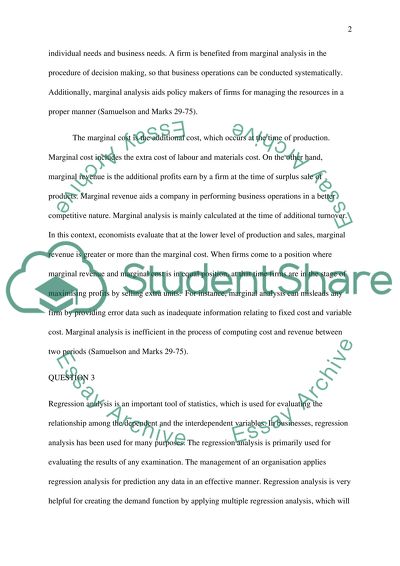Cite this document
(“Basic Economics Essay Example | Topics and Well Written Essays - 2750 words”, n.d.)
Basic Economics Essay Example | Topics and Well Written Essays - 2750 words. Retrieved from https://studentshare.org/macro-microeconomics/1659028-basic-economics
Basic Economics Essay Example | Topics and Well Written Essays - 2750 words. Retrieved from https://studentshare.org/macro-microeconomics/1659028-basic-economics
(Basic Economics Essay Example | Topics and Well Written Essays - 2750 Words)
Basic Economics Essay Example | Topics and Well Written Essays - 2750 Words. https://studentshare.org/macro-microeconomics/1659028-basic-economics.
Basic Economics Essay Example | Topics and Well Written Essays - 2750 Words. https://studentshare.org/macro-microeconomics/1659028-basic-economics.
“Basic Economics Essay Example | Topics and Well Written Essays - 2750 Words”, n.d. https://studentshare.org/macro-microeconomics/1659028-basic-economics.


